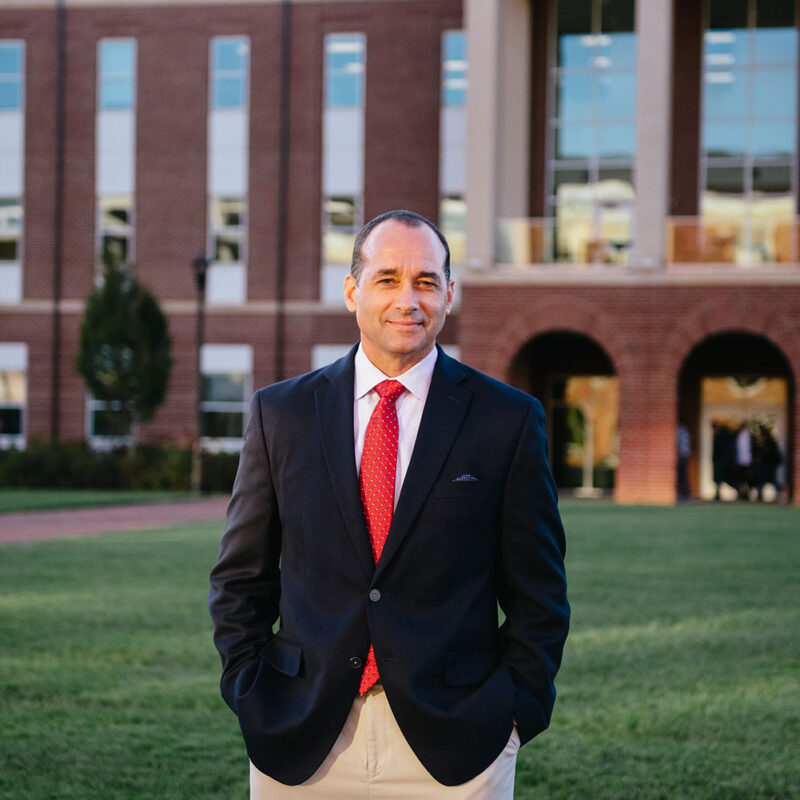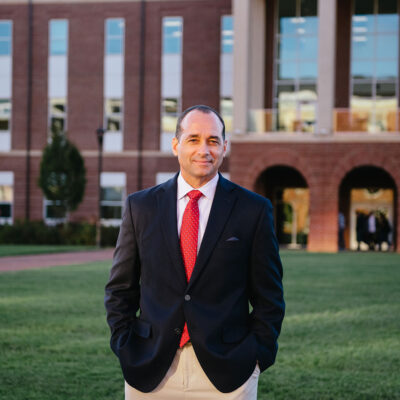My experience with Alex Caton’s self-titled debut album was somewhat supernatural. The album didn’t arrive so much as it appeared beneath my desk during the fall of 2007—not long after its release, yet covered in dust, as if trapped during some coal mine cave-in decades earlier. The elements reclaimed it a few months later, when a pipe opened a few floors above the old C-VILLE office and rained an Old Testament-style mess down on my CDs.
|
Alex Caton brings hellfire fiddling and heavenly vocals to her second solo album, The Sinners and the Saved. |
“Boys Don’t Cry,” Caton’s fiddle reminded listeners and Cure fans on the last track of that album—a track, I might add, that morphs into an instrumental version of “Candy Girl.” But I came darned close to tears when I lost that album; while I would hang any DJ who mashed together Robert Smith and New Edition, I just wanted to hug Alex Caton. The singer and multi-instrumentalist called in tunes from the Appalachians, the Rolling Stones and her own songbook, pulled ’em through the eye of a needle on her fiddle strings, and wound up with an album that was restrained in sound but damned joyous in spirit.
Caton’s omnivorous appetite is still present on her follow-up, The Sinners and the Saved. The album opens with Hank Williams’ “House of Gold,” closes with The Band’s “Lonesome Suzie,” and still finds room in the middle for a Led Zeppelin cover and a fair deal of Blue Ridge-style banjo-fiddle necking. Unlike her first album, however, Caton seems more determined for each song to stand on its own. On her debut, instrumentals like “Indian Ate the Woodchuck” and “Groundhog” might’ve been paired; here, they’re separated by a few tracks. (Or, in the case of “Call Your Dogs and Let’s Go Huntin’” and Caton’s own instrumental, “Better Off Red,” they’re separated by the few seconds of blank space between tracks.)
That same concern for individual songs might explain the strength of Caton’s originals, forced to stand alongside her show-stealing version of Clyde Pitts’ “Sad Situation.” “From a Lesson Told” is a bit sweet among some of the songs Caton collects here—count it among the Saved tracks the title refers to. “Tired Old Lines,” however, lyrically plays on one of Caton’s great strengths: her place as a strong female presence in an Appalachian music tradition that can occasionally be a bluegrass sausage fest. Best example? Her barroom Betty take on Zeppelin’s “Hot Dog,” with Matty Metcalfe pouring fingers of whiskey on the piano.
The Band’s “Lonesome Suzie” is a fitting closer; Caton recorded The Sinners and the Saved in the studio owned by Band drummer Levon Helm, a move that makes the album a richer sonic experience than her first album. “I guess just watching you has made me lonesome, too,” Caton sings, pitch-perfect per usual. “Why don’t we get together? What else can we do?” At its best, Sinners suggests that Caton’s lyrics and arrangements sometime function best on their own.






